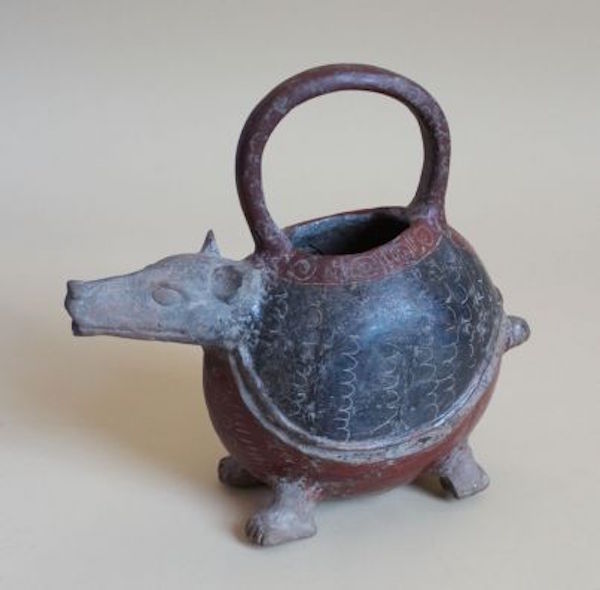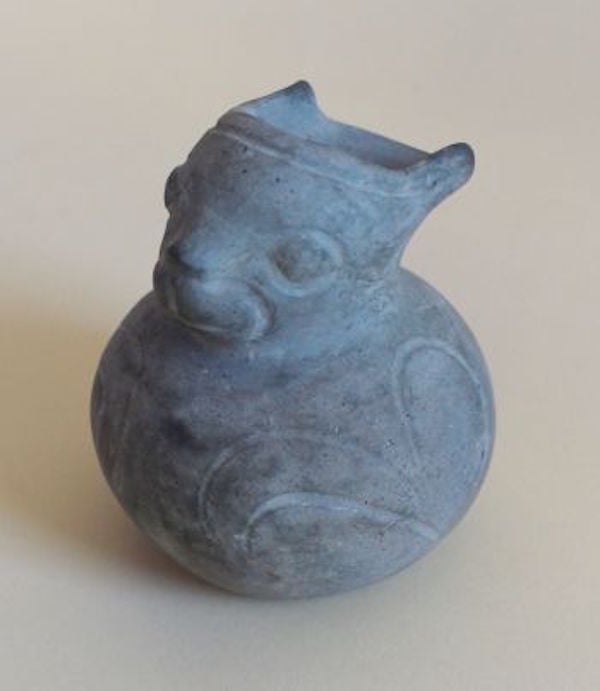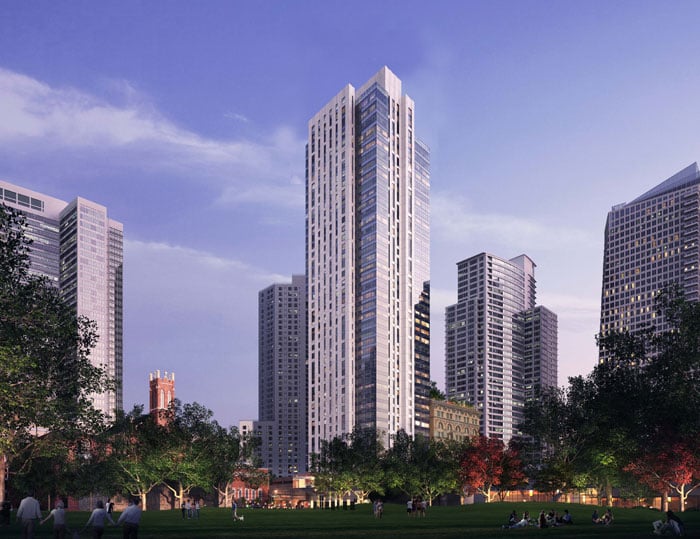Art World
A Staggering 96% of the Artifacts in San Francisco’s Mexican Museum May Be Fake
The report found that only 83 of 2,000—or just over four percent—of the museum's pre-Columbian artifacts could be authenticated.

The report found that only 83 of 2,000—or just over four percent—of the museum's pre-Columbian artifacts could be authenticated.

Eileen Kinsella

A shocking report from a researcher in Mexico City found that most of the San Francisco-based Mexican Museum‘s permanent collection of artifacts are either forgeries or cannot be authenticated.
The grim findings came in a 14-page report commissioned by the museum’s board and were submitted late last month by Eduardo Pérez de Heredia Puente, an associate at the National Institute of Anthropology and History in Mexico City, according to a report in the San Francisco Chronicle.

An artifact from Oaxaca in the Mexican Museum’s permanent collection. Courtesy Mexican Museum, San Francisco
The report found that only a fraction—83 of 2,000, or just over four percent—of pre-Columbian artifacts could be certified as “museum-quality” by an independent team of museum curators who came from Mexico City to conduct the test. The remaining 1,917 items are considered “decorative,” and will likely be given to schools or smaller museums ahead of the museum’s 2019 move from a temporary site in Fort Mason to a permanent home in a tower under construction near SFMOMA.

Rendering of San Francisco’s new Mexican Museum.
Photo: Handel Architects.
The museum’s chair, Andrew Kluger, told the Chronicle: “I was surprised. I thought we’d have more that are of museum quality.” artnet News reached out to the museum for comment but had not heard back as of publication time.
According to the Chronicle, the total number of forgeries will likely rise since the report is the first of several authentication studies that will be performed on the museum’s 16,500-piece collection.
The findings of the pre-Columbian tests were first reported by Lydia Chávez, a professor at the UC Berkeley Graduate School of Journalism and editor of the website Mission Local.
“These reports and the authenticating of the Museum’s collection is long overdue and I’m guessing that the move to their new headquarters downtown precipitated the review of the pre-Hispanic collection and the others that will follow,” Chávez told artnet News in an email. “I was surprised that this wasn’t being done all along because I thought that donors would have wanted the tax write-off, but such authentication costs money and the museum has long been underfunded.”
The cost of the report was $80,000. It was undertaken as a requirement of the Smithsonian Institution, which accepted the Mexican Museum as an affiliate in 2012.
Started as a small community museum in 1975, the institution relied on donations to build its collection. But it appears that virtually anything was accepted, and there were no requirements in place for providing authentication for gifts.
Kluger told the Chronicle that later-dated collections are in much better shape. “Most of it is good, and everything in the Latino art and Chicano art collection appears to be authentic,” he said.
Chávez said undertaking these reviews is “a positive step” and hopes the museum adheres to the recommendations in the report for more precise testing. “Authentication makes it a much stronger collection for art historians to delve into and study.”